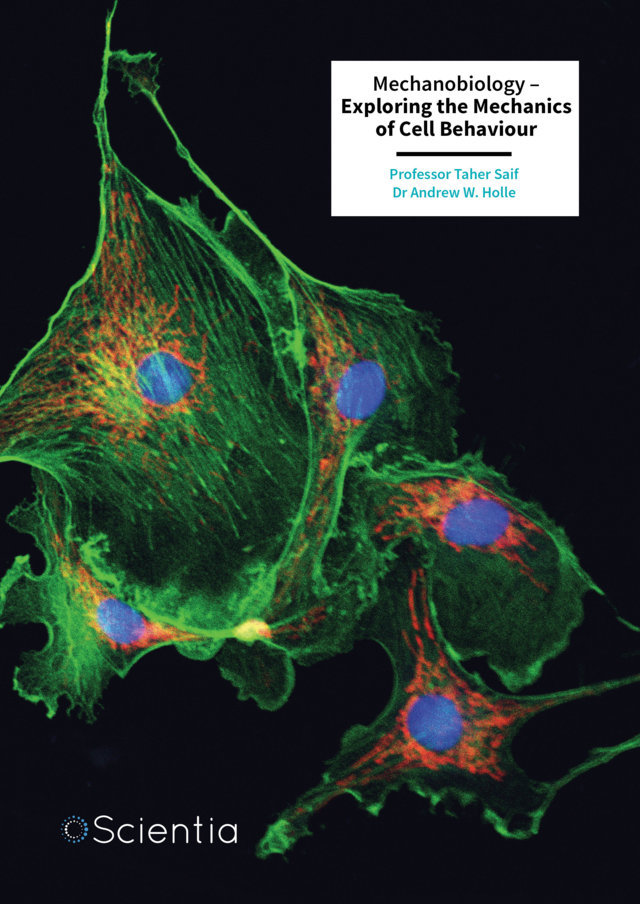Research from Professor John Willoughby and Christian Fignole at American University in Washington DC examines how diverse ownership structures persist in market economies, challenging the assumption that capitalist ownership automatically emerges as the most efficient form. Using economist Henry Hansmann’s institutional framework, they argue that while capitalist owners contribute little to enterprise operations, this does not guarantee that worker ownership would become dominant in post-capitalist societies. Their analysis reveals that heterogeneous ownership forms will likely continue to exist due to the varying conditions that exist in different sectors of a market economy. More
The question of who should own and control businesses lies at the heart of debates about economic justice and efficiency. While many assume that capitalist ownership dominates because it represents the most efficient organizational form, this conventional wisdom can be challenged by examining the complex factors that actually determine ownership structures in market economies.
Professor John Willoughby and Christian Fignole at American University have analyzed this issue through the lens of institutional economist Henry Hansmann’s influential theory of firm ownership. Their work reveals that the relationship between efficiency and ownership is far more complicated than traditional economic theory suggests, with important implications for understanding both current market economies and potential alternatives to capitalism.
Hansmann’s framework begins with a precise definition of enterprise ownership, identifying owners as those who have both the right to acquire residual earnings and to exert ultimate control over firm operations. This definition encompasses various ownership arrangements, from traditional capitalist firms owned by investors to worker cooperatives owned by employees, agricultural marketing cooperatives owned by farmers, and consumer cooperatives owned by customers.
Hansmann’s analysis looks at two main types of costs that shape who should own a business. The first type involves contracting costs, or the costs of making deals with others. For example, the risk that suppliers might overcharge you, that you might get locked into bad contracts, or that others might take advantage of having better information than you do. The second type involves ownership costs, or the costs of actually running the business. These are items like the expense of keeping track of what managers are doing, the risk that managers might act in their own interests rather than the company’s, the difficulty of getting groups to make decisions together, the challenge of handling financial risks, and the costs of starting and changing the business.
According to Hansmann’s framework, the most efficient ownership structure emerges when the patron group facing the highest contracting costs receives ownership rights, provided they can minimize ownership costs. For example, dairy farmers forming cooperatives avoid exploitation by buyers who might take advantage of milk’s perishable nature and farmers’ geographic constraints. Similarly, workers with firm-specific skills might form cooperatives to prevent exploitation after developing those specialized abilities.
However, Willoughby and Fignole identify four significant problems with Hansmann’s efficiency-focused explanation. First, the framework provides limited evidence that ownership structure directly affects profitability or competitive advantage. The authors note that Hansmann acknowledges the difficulty of obtaining direct empirical evidence for his claims about decision-making efficiency in different ownership forms.
Second, Hansmann’s analysis remains static, failing to account for how ownership groups can adapt to changing market conditions without fundamentally altering their ownership structure. Large cooperatives can adopt more hierarchical governance while maintaining worker ownership, and capitalist firms can adjust wages and benefits to address worker retention issues without changing their essential character.
Third, the framework understates the importance of path dependency, where pre-existing institutions and legal environments favor certain ownership forms over others. Entrepreneurs typically choose from standard business structures rather than designing optimal arrangements from scratch. This institutional inertia helps explain why capitalist ownership remains prevalent even when other forms might theoretically be more efficient.
Fourth, and perhaps most significantly, Hansmann fails to consider that both potential exploiters and those vulnerable to exploitation have incentives to become enterprise owners. The framework assumes competitive pressure will assign ownership to those most at risk of exploitation, but it overlooks how those positioned to benefit from exploitation actively seek ownership to facilitate that exploitation.
Willoughby and Fignole’s critique connects to broader questions about the actual functions of business owners. Marx observed that capitalist owners often contribute little to actual enterprise operations beyond providing capital. The research suggests that capitalist ownership may persist not because of superior efficiency, but because it enables certain forms of exploitation while providing institutional advantages to capital providers.
This analysis reveals that diverse ownership forms exist across sectors of the United States economy despite its pro-capitalist orientation. While most manufacturing companies remain investor-owned, nearly forty percent of insurance companies are owned by policyholders. Professional practices like law firms and medical offices are typically owned by practitioners rather than outside investors. Various cooperative models serve different sectors, from agricultural marketing to consumer retail.
Consumer cooperatives, such as grocery stores owned by customers, remain relatively rare due to high ownership costs and the difficulty of organizing dispersed consumer groups. However, wholesale and supply cooperatives, where businesses collectively purchase supplies, are more common because member businesses share similar needs and can effectively monitor cooperative management.
Non-profit enterprises represent another important ownership alternative, emerging when exploitation risks are high and ownership costs favor professional management over patron control. Charitable organizations exemplify this model, where donors cannot effectively oversee fund usage, leading to professional management under a board of directors rather than donor ownership.
The research has important implications for understanding potential post-capitalist economic arrangements. Rather than assuming worker ownership would automatically replace capitalist ownership, Willoughby and Fignole argue that heterogeneous ownership forms would likely persist in any market-based alternative economy. The specific mix would depend on sector characteristics, regulatory environments, and the relative costs of different organizational approaches.
The authors examine several proposals for socialist governance and ownership arrangements in a market economy, noting both their potential benefits and limitations. They highlight concerns about whether worker ownership alone adequately protects other stakeholders such as consumers and suppliers, particularly in sectors where competitive exit options are limited. This suggests that successful post-capitalist arrangements might require a Ministry of Social Ownership analogous to current antitrust regulatory bodies.
This analysis suggests that advocates for a post-capitalist economic order that enhances the well-being and decision-making power of its citizens should not be wedded to a one-size-fits-all model of ownership. They argue that effective post-capitalist societies would likely feature diverse ownership arrangements tailored to different economic sectors and circumstances.
This research contributes to ongoing debates about economic alternatives by providing a more nuanced understanding of ownership dynamics. Rather than viewing the choice between capitalism and socialism as a simple binary, Willoughby and Fignole demonstrate how various ownership forms serve different functions within market economies. Their analysis suggests that creating more equitable economic arrangements requires careful attention to the specific conditions that make different ownership structures viable and effective, rather than relying on assumptions about inherent advantages.







